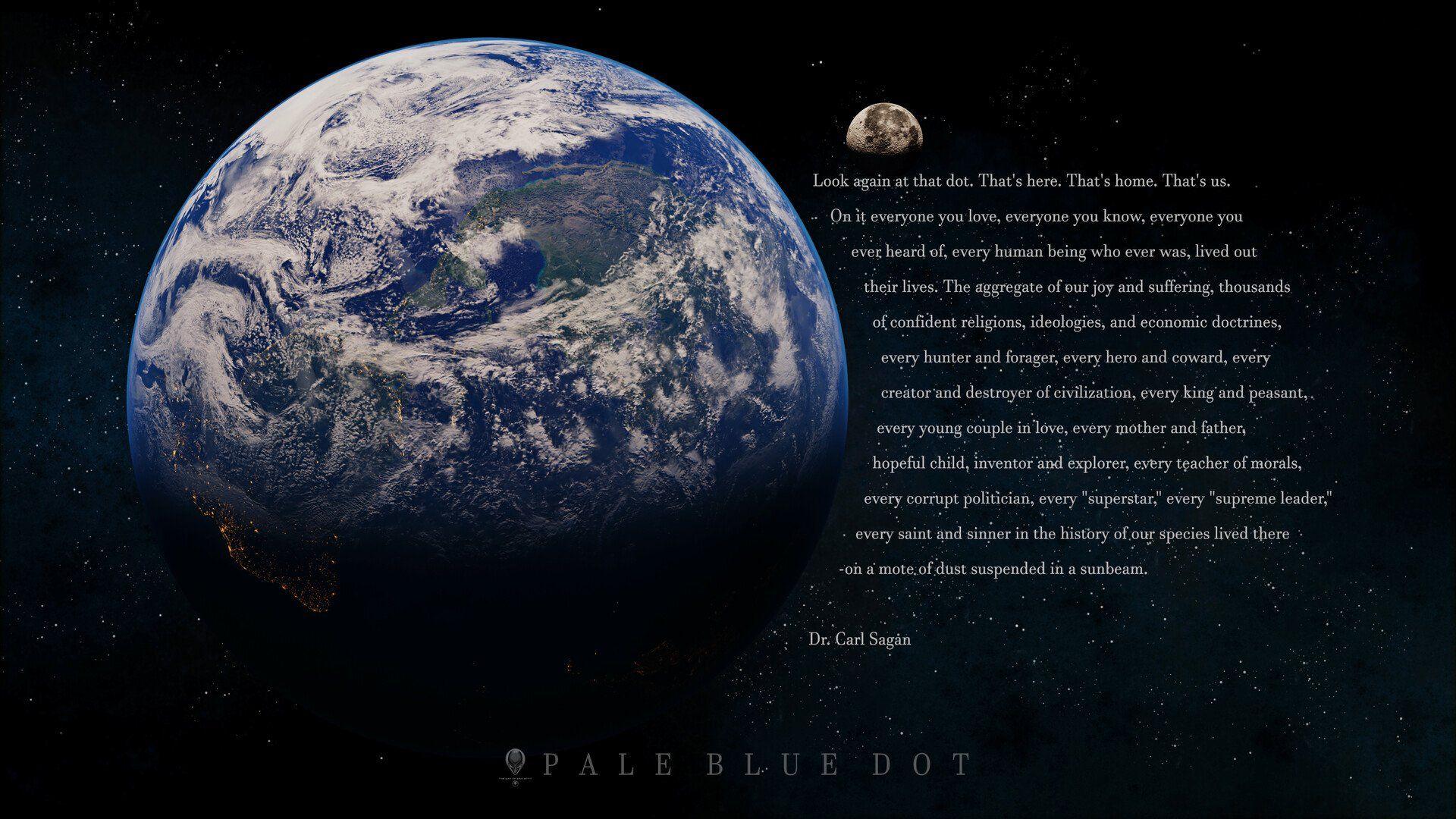


He believes that NASA's decision to cut back exploration of the Moon after the Apollo program was a short-sighted decision, despite its expense and declining popularity among the American public.

Sagan argues that studying other planets provides context for understanding the Earth-and protecting humanity's only home planet from environmental catastrophe. Sagan then examines each one of the major planets, as well as some of the moons-including Titan, Triton, and Miranda-focusing on whether life is possible at the frontiers of the Solar System. He describes the difficulty of working with the low light levels at distant planets, and the mechanical and computer problems which beset the twin spacecraft as they aged, and which could not always be diagnosed and fixed remotely. He begins with an account of the Voyager program, in which Sagan was a participating scientist. Īfter saying that we have gained humility from understanding that we are not literally the center of the universe, Sagan embarks on an exploration of the entire Solar System. Using modern image-processing software, the brightness and colors were balanced to enhance the area containing the Earth. Pale Blue Dot as republished by NASA in 2020 for the images' 30th anniversary. However, he also admits that the scientific tools to prove the Earth orbited the Sun were (until the last few hundred years) not accurate enough to measure effects such as parallax, making it difficult for astronomers to prove that the geocentric theory was false. Sagan proposes two reasons for the persistence of the idea of a geocentric, or Earth-centered universe: human pride in our existence, and the threat of torturing those who dissented from it, particularly during the time of the Roman Inquisition.

The first part of the book examines the claims made throughout history that Earth and the human species are unique. In 2023, the audiobook of Pale Blue Dot, read by Sagan, was selected by the Library of Congress for preservation in the United States National Recording Registry as being "culturally, historically, or aesthetically significant." Summary He also details a human vision for the future. In the book, Sagan mixes philosophy about the human place in the universe with a description of the current knowledge about the Solar System. It is the sequel to Sagan's 1980 book Cosmos and was inspired by the famous 1990 Pale Blue Dot photograph, for which Sagan provides a poignant description. Pale Blue Dot: A Vision of the Human Future in Space is a 1994 book by the astronomer Carl Sagan.


 0 kommentar(er)
0 kommentar(er)
